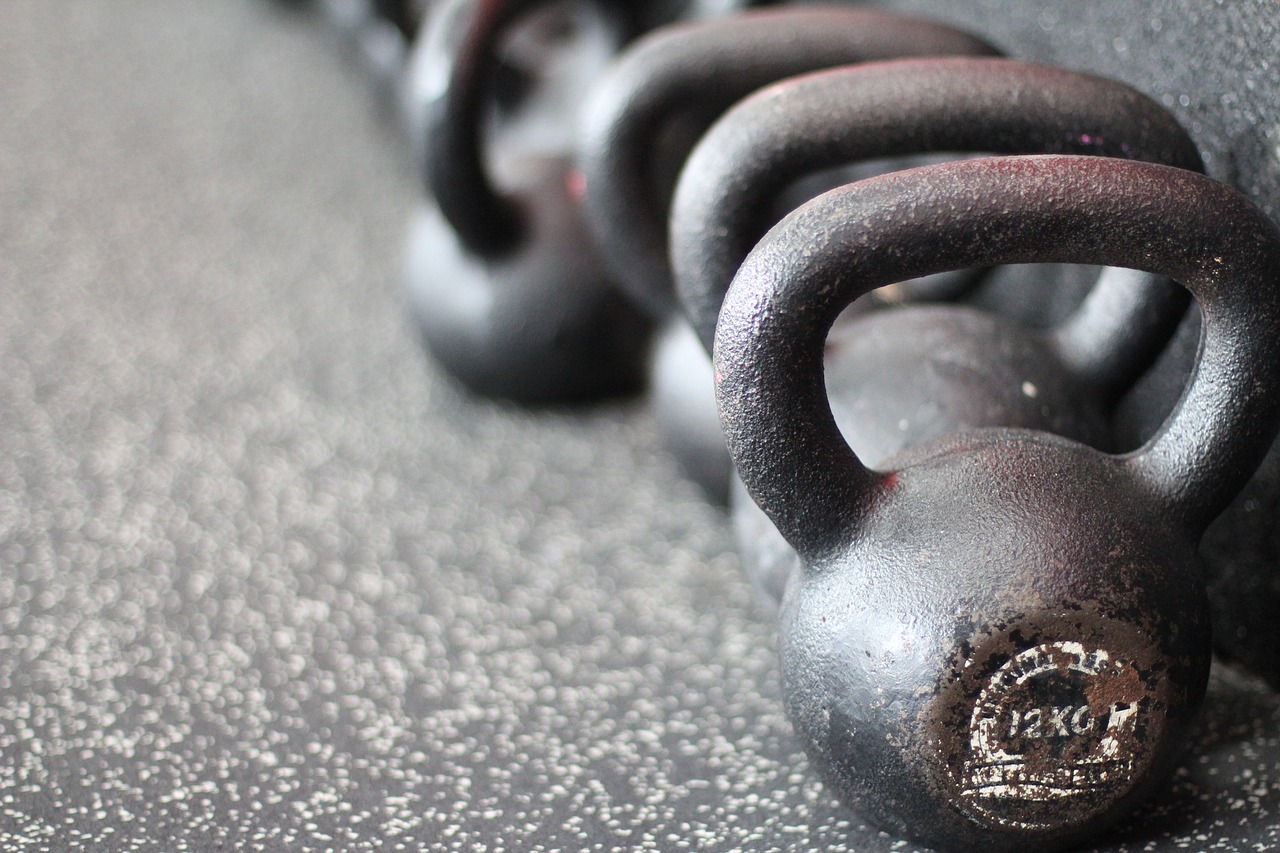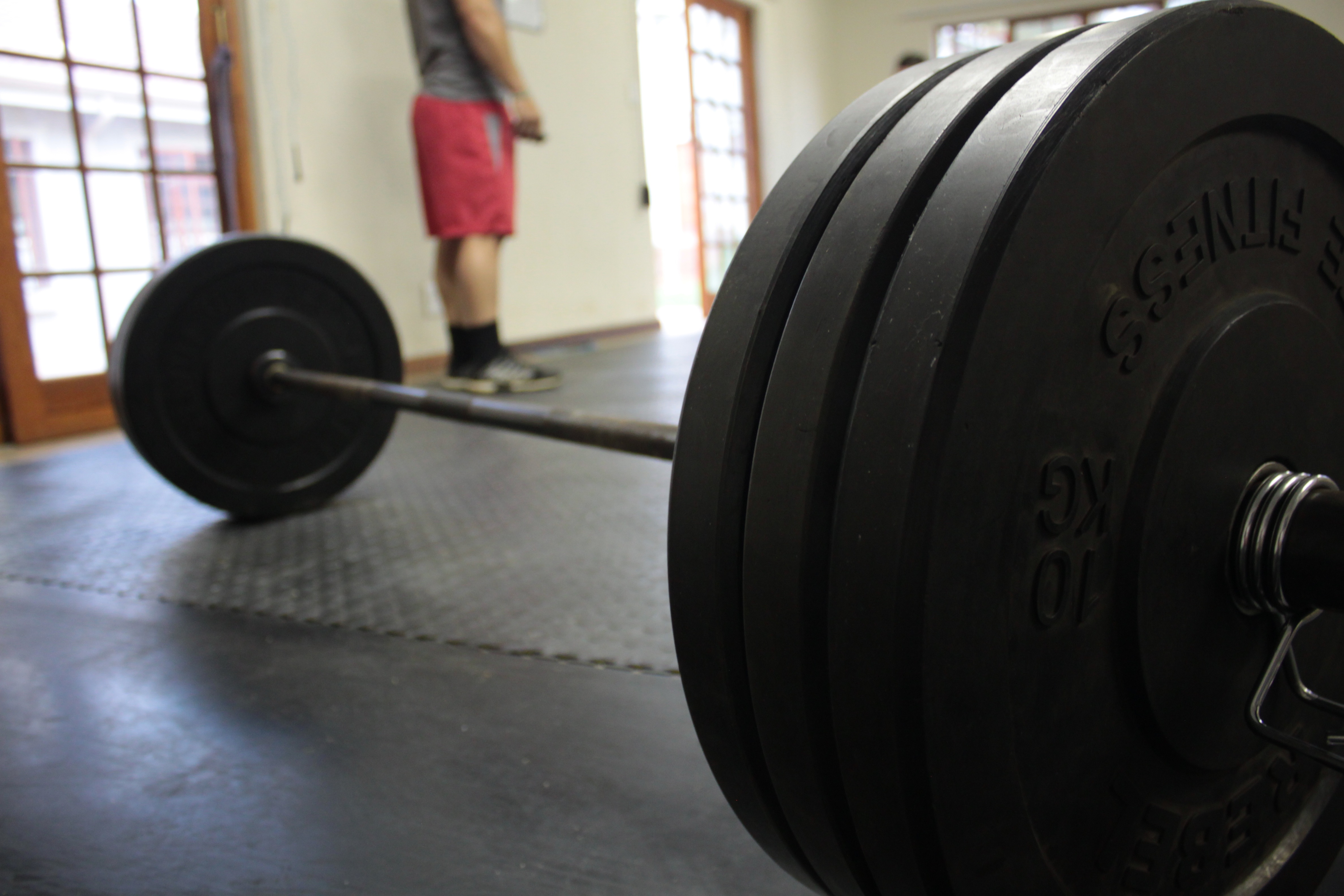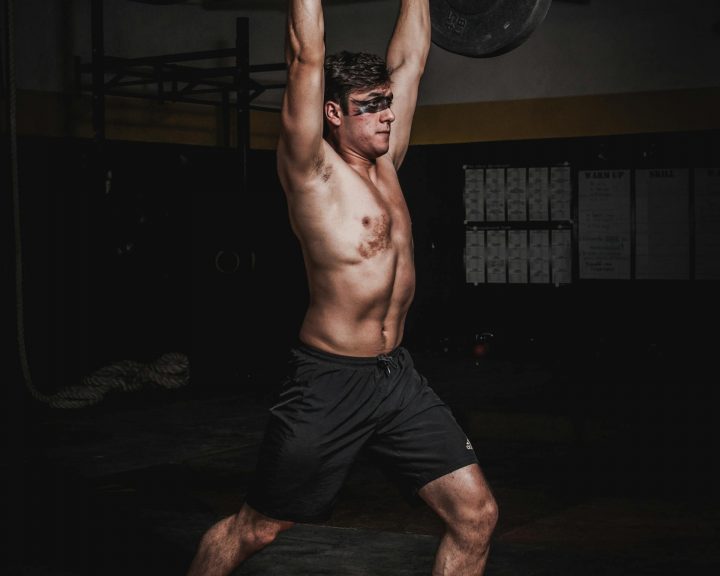In the September issue of Sports Medicine, Storey and Smith reviewed the literature on Olympic lifting, its training, adaptations from its training, and safety. Their review is organized into several sections: an analysis of the lifts, description of training practices, anthropometrics of weightlifters, how the body responds to Olympic lifting training, and recommendations for future research.
The analysis of the lifts is limited to a description of how to conduct the lifts, there is not a biomechanical discussion of the lifts. A few things that I found interesting from the article:
- Submaximal snatches may have barbell velocities exceeding 3 meters/second.
- Submaximal cleans may have barbell velocities exceeding 2.5 meters/second.
- The snatch takes 3-5 seconds to complete (start until the referee gives the down signal), the clean and jerk takes 8-12 seconds.
The training section, in a few pages, attempts to summarize the competing training philosophies of international Olympic lifting (Soviet era, Bulgarian, Greek, etc.). What is interesting about this is that the authors point out the fact that the practice of training Olympic lifters runs counter to “evidence-based recommendations”, but this they are referring to ACSM’s guidelines for resistance training. Despite this, the authors point out that the practice of training Olympic lifters results in improvements to lifting performance.
In terms of adaptations from Olympic lifting, there aren’t a lot of surprises:
- Greater cross-sectional area of Type II muscle fibers
- Correlation of performance in Olympic lifting with Type IIa muscle fiber percentage and cross-sectional area
- Enhanced peak force and rate of force development
- Greater bone mineral density
The authors point out that there are gaps in the literature with regards to weightlifting. These gaps include evidence-based recommendations for the training of youth in Olympic lifting, training and adaptations for female lifters, training for master’s lifters, and a more thorough look at why Olympic lifters are successful from their training when they violate the evidence-based recommendations for strength training.
Storey, A. and Smith, H.K. (2012). Unique aspects of competitive weightlifting: Performance, training, and physiology. Sports Medicine, 42(9): 769-790.



